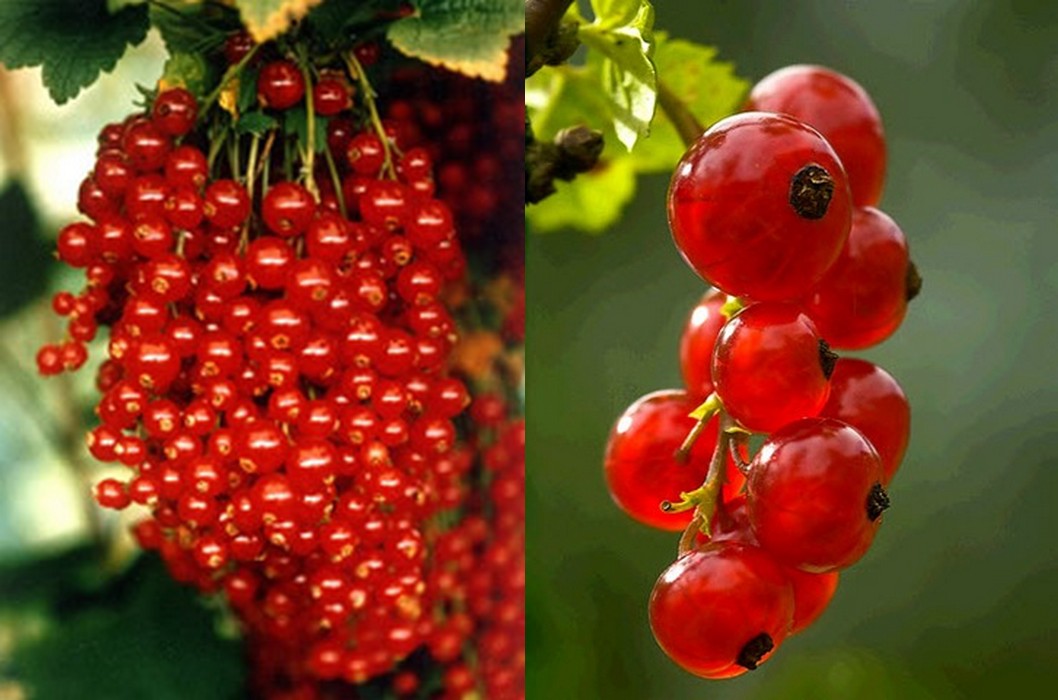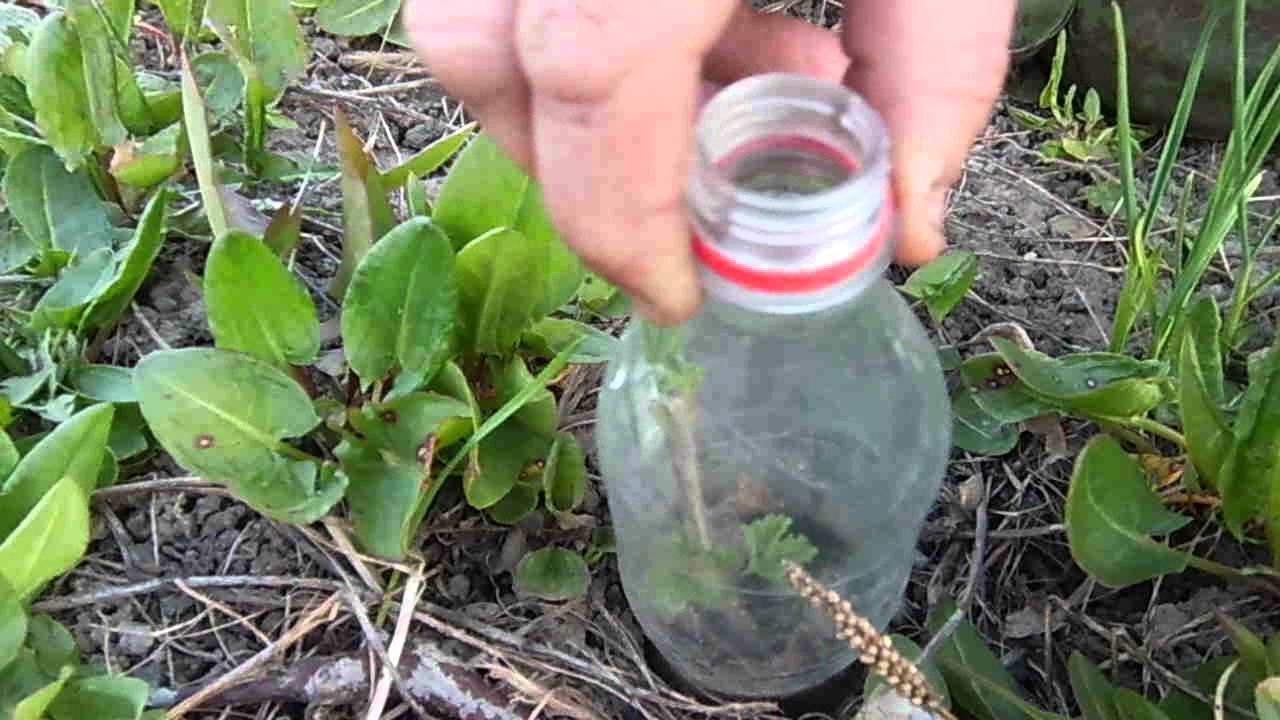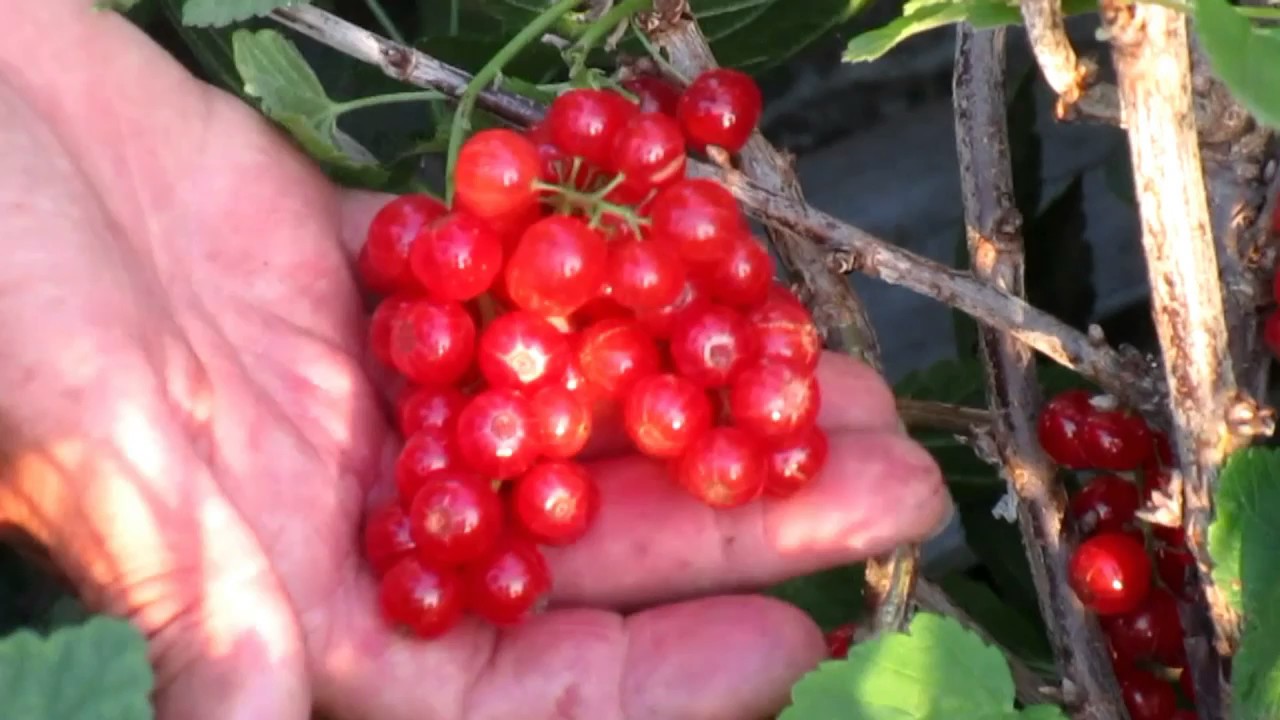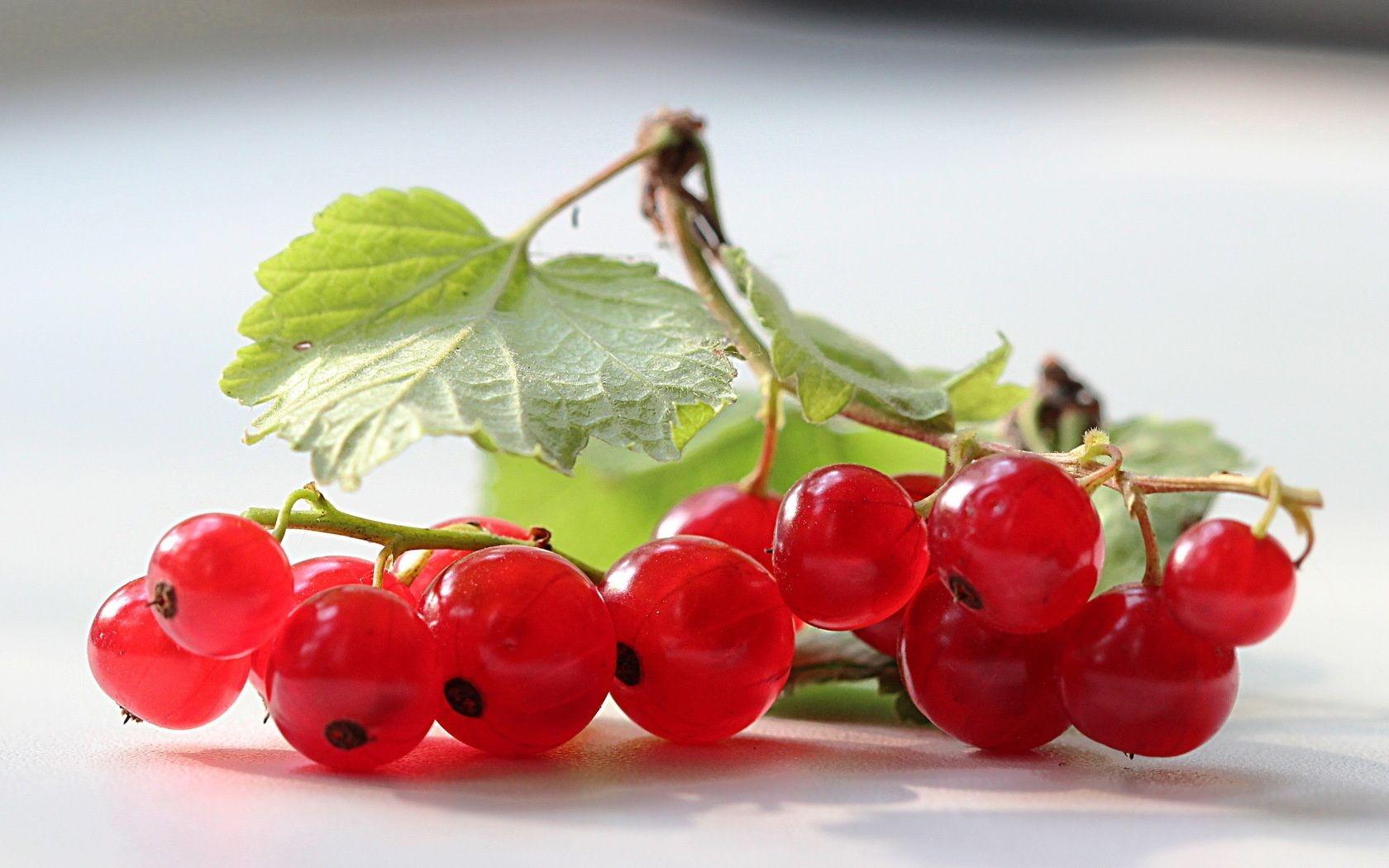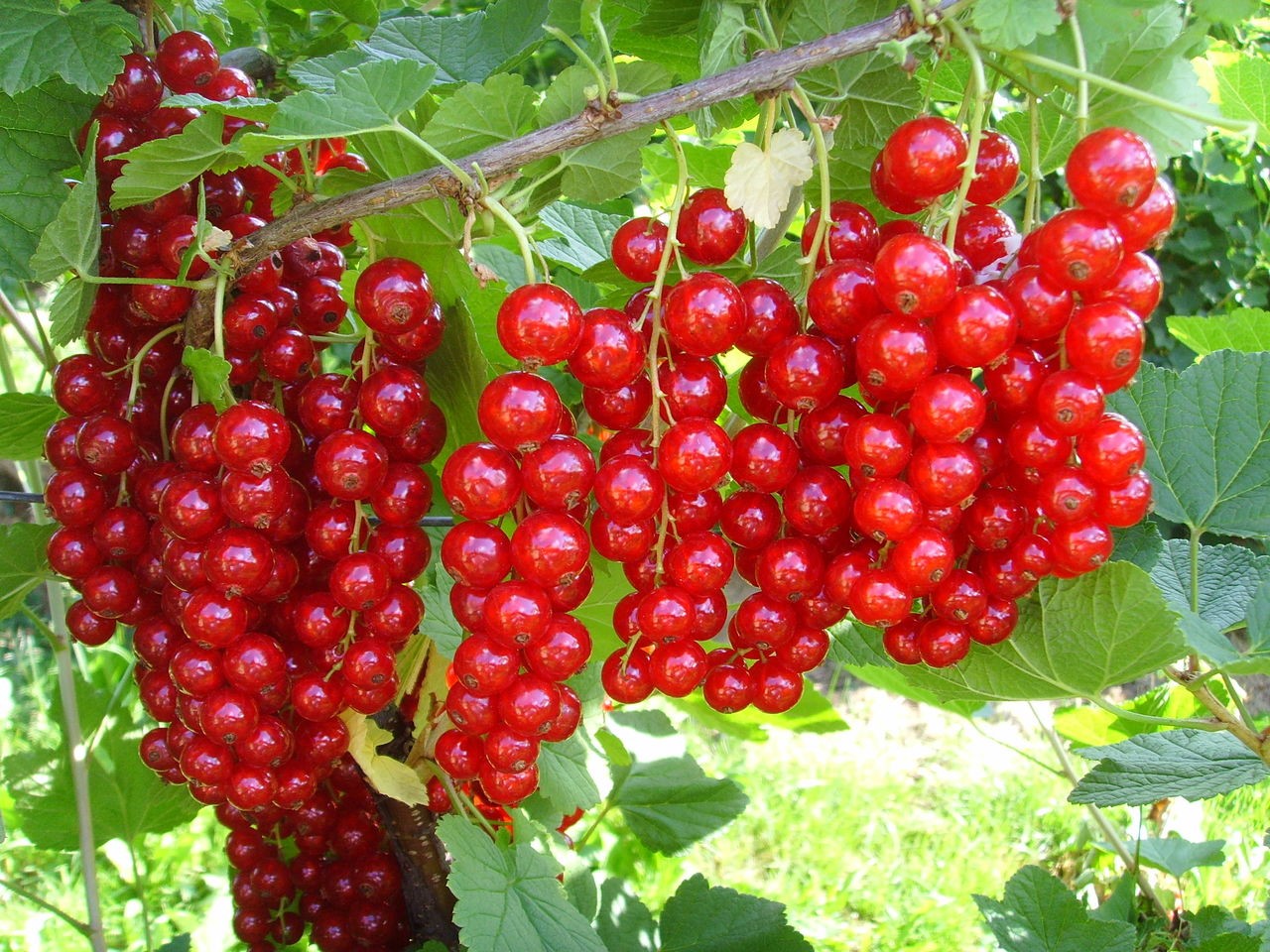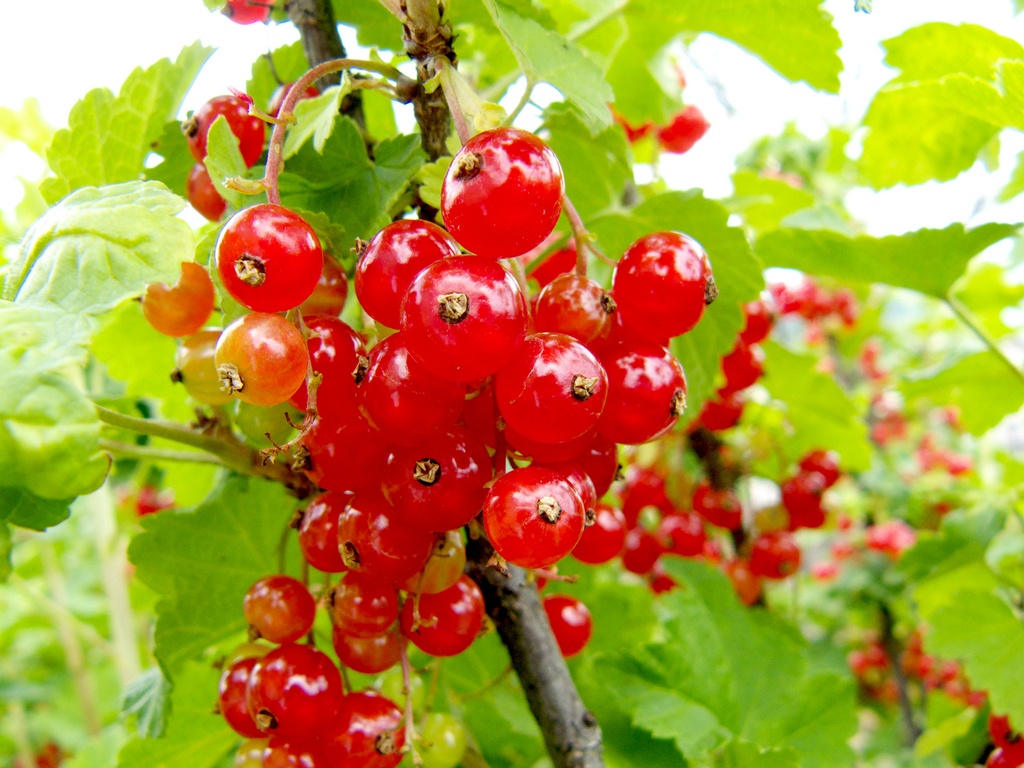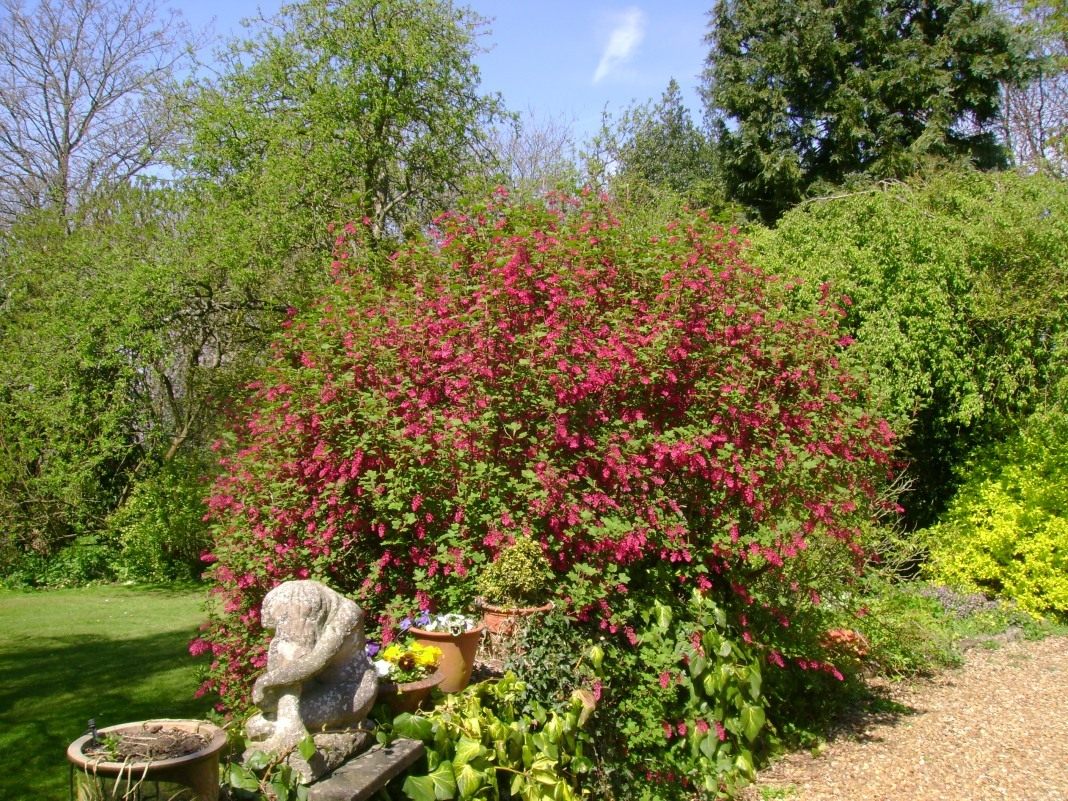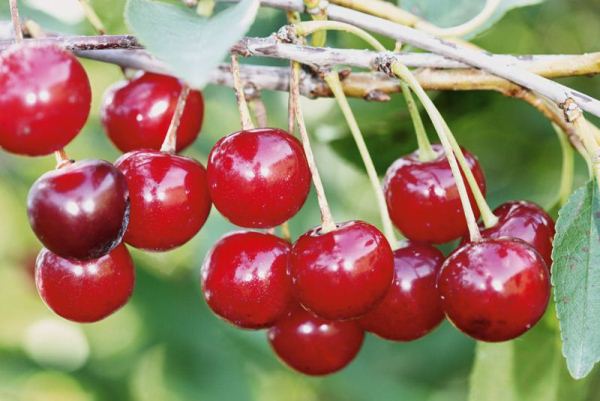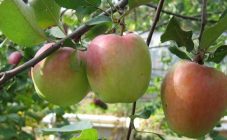Content:
Red currant is a tasty and healthy berry. Gardeners are given a choice of a wide variety of varieties that differ in certain characteristics. Red currant Ural beauty: a description of the variety, features of agricultural technology, rules of care, advantages and disadvantages, which it has, is considered within the framework of this article.
The history of the creation of the variety
The red currant variety Uralskaya krasavitsa was bred in 2009 by breeders A.P. Gubenko. and Ilyin V.S. in the South Ural Research Institute by crossing the varieties Faya fertile and Chulkovskaya.
The Russian variety is grown in the West Siberian region and adapts well in the middle zone. Currant is unpretentious in care, drought-resistant.
Berries are used to make jams, compotes, preserves. They are eaten fresh and frozen for the winter. Frozen berries can be added to vitamin cocktails, smoothies, and used as a filling for pies.
Description of currant Ural beauty
The mid-season red currant variety Ural Beauty is popular among gardeners due to the taste characteristics of berries and unpretentious care.
Characteristics of the variety:
- The Ural beauty is a variety of red currants, high-yielding, frost-resistant (withstands up to minus 35 degrees), drought-resistant variety. Perennial bushes;
- The bushes grow small (up to 1.5 m), slightly spreading, dense. Shoots are green, thick, with a slight bend. The buds are medium in size, elongated-ovoid, sandy in color;
- The leaves are shiny, deep dark green, large, five-lobed. Five veins pass inside the leaf, the plate is smooth to the touch. The petiole is small, strong, without pubescence;
- The flowers are medium-sized, light green or yellowish in color. The brush reaches 7 cm in length, rather thick. The flowering period lasts from May to June;
- The Ural beauty does not require additional pollination, self-pollination - 61%;
- The average weight of one ripe berry is 0.9 g, the shape is round, the color is red, bright ruby. Inside contains a small amount of seeds (3-5 pcs.). The taste is sweet and sour, the variety is considered dessert, the taste rating is 5 points. Berry composition: dry matter - 14.4%, ascorbic acid - 37.5 mg / 100 g, titratable acid - 2.7%;
- Ripening of berries begins in August and lasts until the end of September;
- With proper agricultural technology, 8-13 kg of delicious red berries can be harvested from a bush per season;
- The currant variety is considered resistant to diseases (powdery mildew) and attacks of pests (moth, sawfly).
Agricultural rules
But it is important to know several features in order to obtain a high-quality large harvest every season:
- The site for red currants must be selected sunny, without strong drafts and cold winds. There must be a distance of at least 3 m from the fence and premises so that there is no shading of the site;
- The variety will grow well on black soil or loamy soil.If the acidity level is elevated, it is reduced by adding lime or dolomite flour;
- The planting material must be of good quality, you must purchase only healthy, viable seedlings, about 30 cm high with a well-developed root system;
- Before planting, the soil is pre-fed with organic matter and mineral fertilizers;
- It is not recommended to plant young seedlings in a place where there is frequent accumulation of moisture after rains or watering (low-lying places are not suitable);
- Fruit trees should be placed at a distance of 2-3 meters from currant bushes, as they draw nutrients from the soil.
Disembarkation instructions
September is the best time for planting red currants. Before the onset of the first cold weather, the plant has time to take root. If the landing time is planned for the spring, then in the fall it is imperative to prepare the landing pits.
Step by step actions:
- 4 weeks before planting the seedlings, you need to dig a hole, 40x40x50 in size. The minimum distance between the pits is 1.5 meters;
- Mix fertile soil with compost (10 l) and wood ash (3 l);
- Pour half of the nutrient mixture into the hole, leave everything for 4 weeks;
- After the specified time, the earth will settle, from above it is necessary to fill the hole with the remaining soil mixture;
- Place a seedling in the middle of the hole, distribute the roots, cover them with earth, tamp the earth around the seedling with your hands;
- Cut off shoots up to 20 cm, leave 2-3 buds on each;
- Pour warm water over each bush (3 liters per well);
- After planting young seedlings, it is recommended to water the holes every 4-5 days. After moistening the ground around the currant bush, it can be mulched to retain moisture. Dry foliage, sawdust or straw are used as mulch.
Ural beauty care
To grow a healthy red currant bush that will bring an excellent harvest, you need to follow the basic care measures:
- Watering. The variety is considered drought-resistant, but it is important to moisten the soil in a timely manner, to prevent the land from drying out. Watering is carried out in the evening with water that has settled during the day, by sprinkling. It is enough to moisten the bushes once a week. 1 bush will need 5 liters of water. Abundant watering is necessary for the plant from June to August;
- Loosening. The procedure is performed every 2 weeks. Loosening contributes to better air permeability of the soil, improves the structure of the earth. Spring loosening allows you to destroy pests that winter in the ground;
- Top dressing. If the land was fertilized before planting, then there is no need to feed the bushes for the first year. The next feeding is carried out for the new season. In early spring, organic and mineral fertilizers are applied to the soil. In April, 15 g of urea is added to the ground. Nitrogen fertilizers must be applied according to the dosage, so as not to harm the plant. After a period of fruiting, the bushes are fed with compost and wood ash. You can use superphosphate and potassium sulfate;
- Pruning. This is an important event that allows you to properly form a growing currant bush. Pruning is carried out in the first years of the life of the bush. Every year, after picking the berries, old twigs, dry and damaged shoots are cut off. For better light penetration, the crown is thinned out. In summer, pruning is not done;
- Disease prevention. The variety is considered to be relatively resistant to diseases and pests. If you regularly inspect the bushes and take the necessary measures to treat pests, the plant will not hurt at all. In order to prevent, currant bushes are treated with Fundazol before bud break. In the fall, after harvesting, the procedure must be repeated. In early spring, the bushes can be watered with hot water in order to prevent the development of diseases.
Advantages and disadvantages of the variety
Red currant Ural beauty has a number of advantages:
- It takes root well in regions with cold winters;
- High yield rate;
- Taste qualities of berries;
- Unpretentious plant to grow and care for;
- Disease resistance.
Planting young seedlings of the Ural beauty on a summer cottage, the gardener will effortlessly grow tasty red currant bushes. Knowing the features of agricultural technology and the rules of care, you can harvest a good harvest every year.
